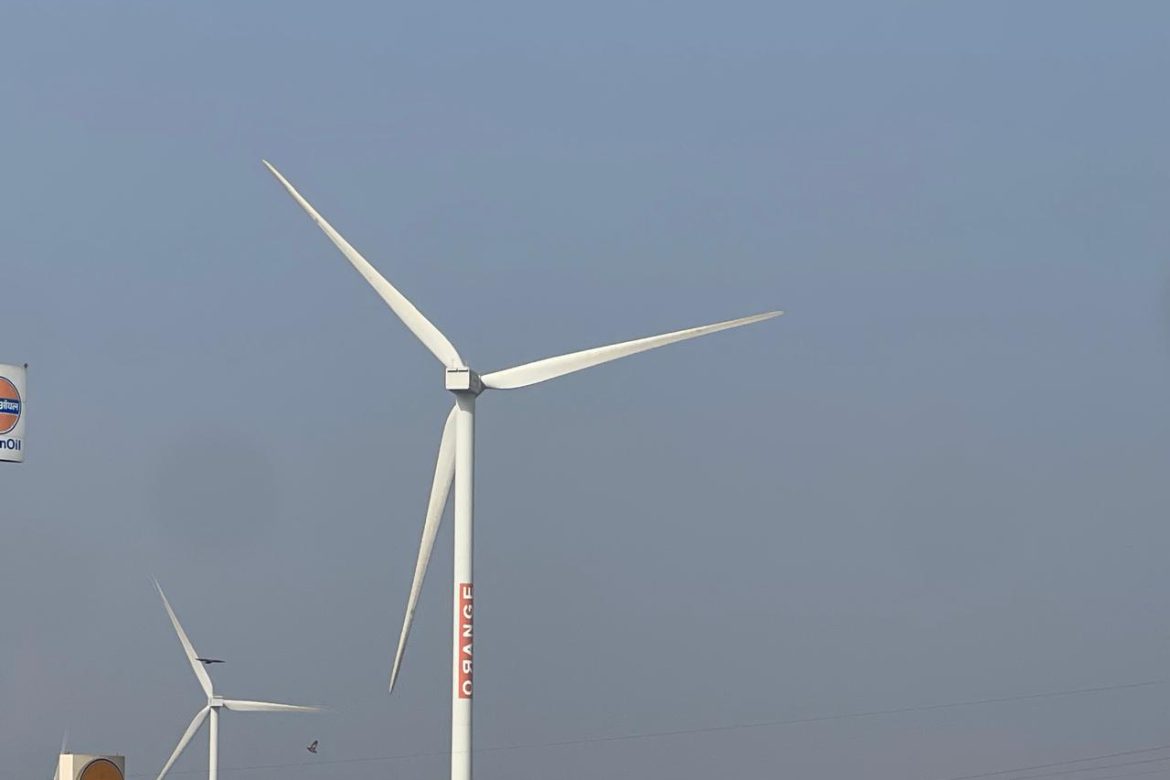Gandhidham’s wind mill energy – A story of Wind Power
Nestled in the Kutch district of Gujarat, Gandhidham is not only known for its vibrant culture and rich heritage but also for its significant contribution to renewable energy through wind power. The landscape of Gandhidham is adorned with majestic windmills that stand tall against the horizon, silently harnessing the power of the wind to generate electricity. Let’s delve into the fascinating story of windmills in Gandhidham.
A Renewable Revolution
Gandhidham’s journey towards renewable energy began several decades ago when the region recognized the potential of its windy terrain for generating clean and sustainable power. The vast expanses of flat land, coupled with consistent wind patterns, made Gandhidham an ideal location for setting up wind farms. Consequently, the installation of wind turbines gained momentum, marking the onset of a renewable revolution in the region.
Engineering Marvels
The windmills in Gandhidham are not just functional structures but also engineering marvels that exemplify human ingenuity and technological advancement. Standing tall amidst the arid landscape, these towering structures comprise massive rotor blades attached to high towers, which rotate gracefully with the force of the wind. The kinetic energy generated by the rotating blades is converted into electrical energy through generators, contributing to the region’s power grid.
Sustainable Impact by wind mills of Gandhidham
The proliferation of windmills in Gandhidham has had a profound impact on the local economy and environment. Here are some key benefits:
- Clean Energy Generation: Wind power is a clean and renewable energy source that does not produce harmful emissions or contribute to air pollution. By harnessing wind energy, Gandhidham has reduced its reliance on fossil fuels, thereby mitigating environmental degradation and climate change.
- Economic Growth: The wind energy sector has emerged as a significant driver of economic growth in Gandhidham, attracting investments, creating job opportunities, and fostering local development. The establishment of wind farms has stimulated ancillary industries, such as manufacturing, construction, and maintenance, contributing to the region’s prosperity.
- Energy Security: Gandhidham’s transition towards renewable energy sources like wind power enhances energy security by diversifying the energy mix and reducing dependency on imported fossil fuels. With abundant wind resources at its disposal, Gandhidham can ensure a reliable and sustainable supply of electricity to meet the growing demands of its populace.
Future Outlook of wind mill
As the world grapples with the urgent need to transition towards sustainable energy sources, Gandhidham’s windmills serve as a shining beacon of hope and progress. However, the journey towards a greener future is far from over. Gandhidham must continue to invest in renewable energy infrastructure, innovate technologies, and adopt best practices to maximize the potential of wind power.
Conclusion
The windmills in Gandhidham symbolize more than just a means of electricity generation; they embody a vision of sustainability, resilience, and progress. As Gandhidham continues its quest towards a sustainable future, the windmills stand as silent sentinels, reminding us of the immense power of nature and the limitless possibilities of renewable energy. In Gandhidham, the winds of change blow strong, propelling the region towards a brighter and greener tomorrow.



